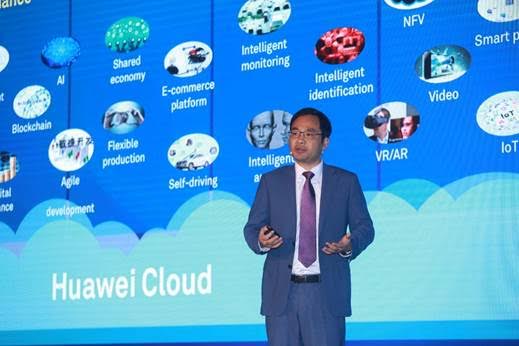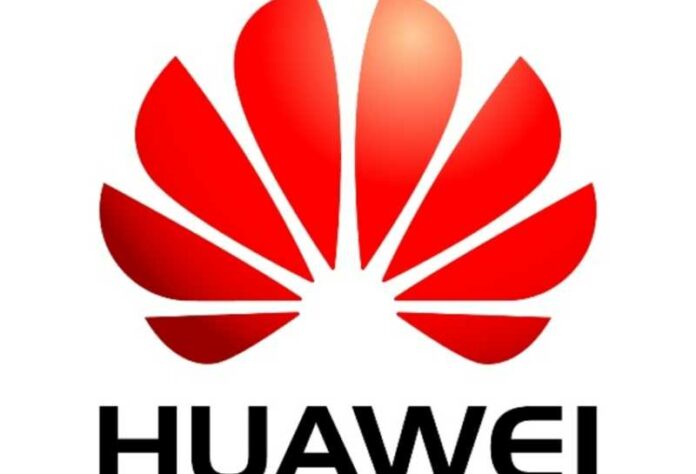At the 2017 Huawei Global Analyst Summit (HAS2017), Huawei launches the Huawei CloudApp Platform which is based on The all-Cloud Network Architecture. The platform offers social technology application for a range of industries. It also uses open application programming interfaces (APIs)to quickly integrate the current application, as well as it could easily develop new applications. This allows enterprises to leverage the value of network data, quickly respond to market changes, and seize new business opportunities.
Huawei CloudApp Platform is an application container which could be installed on mobile devices. By integrating with the systems integrator partners and vertical application development partners, the platform achieves unified scheduling and integration of all kinds of industry applications and data. This lowers the complexity of user purchases and development of many kinds of apps; this platform’s agile development capabilities can support quick updates and the release of new versions, satisfying the demands that users in different industries have for customization in real-time. Taking the education industry as an example, apart from providing the cloud management function for networks, Huawei CloudApp has the following applications:
Taking the education industry as an example, apart from providing the cloud management function for networks, Huawei CloudApp has the following applications:
School management: Geographic information system (GIS) maps can be used to check the number and distribution of people in schools of different areas. This allows a board of education to conveniently understand the daily situation and historical statistics of the school in their jurisdiction.
Student resource management: Statistics regarding students entering and leaving the school, distribution heat maps, and the number of currents and past attendances can be displayed in real time. This makes it convenient for teachers to implement security management, such as managing attendances and sounding alarms if students are missing.
Online behavior management: Precise control of networks can be achieved using apps, such as network access policies that separate the roles of students, teachers, and visitors, and times those during and after class time. The app types and traffic that student’s access on their mobile devices can be identified and this information can be used to assess the education results and help the school to optimize the use of education resources.
Besides these apps, Huawei is using the Huawei CloudApp Platform to collaborate with partners in developing and integrating more apps for the education industry. In the future, based on the All-Cloud Network architecture, Huawei CloudApp Platform will also develop towards areas such as campus networks, enterprise branches, data centers, and IoT. Covering mobile apps in the education, sales, and finance industries.
Follow us on twitter for more news and updates.











